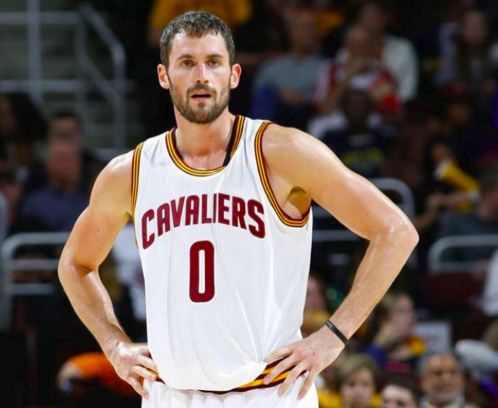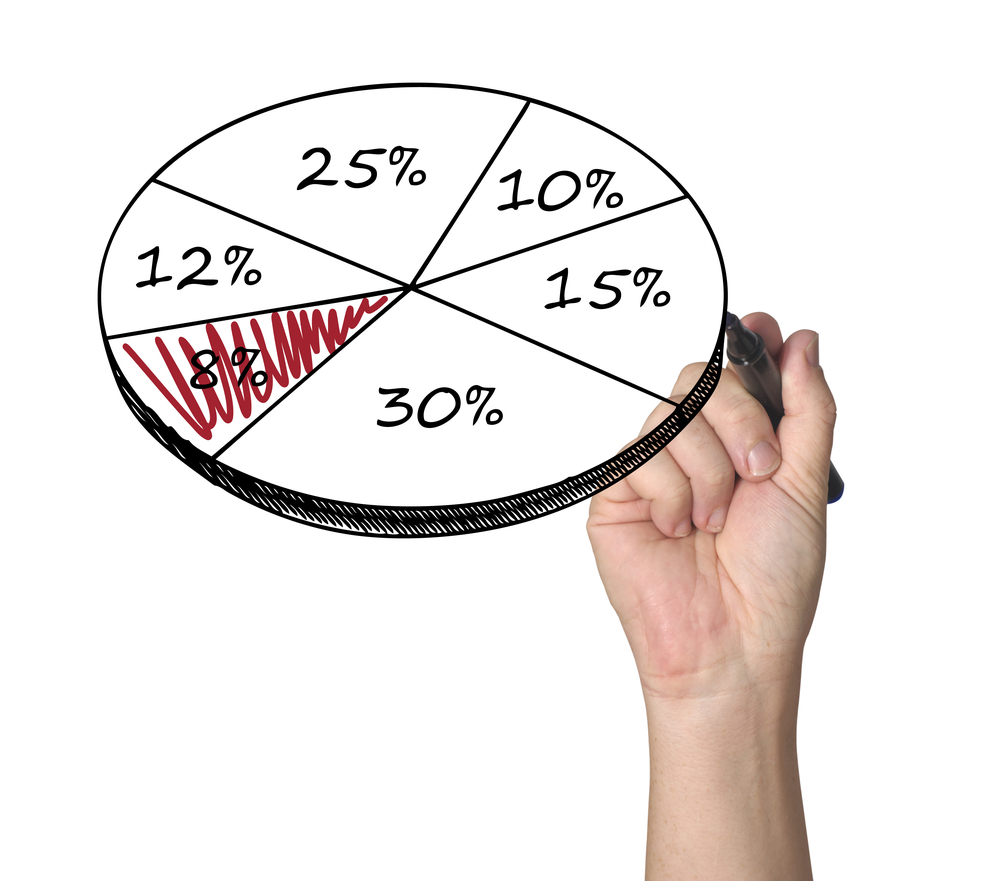One of the most important pieces of advice you can give a new DFS player is this: variance happens. It’s inevitable, of course – no projections, even the best ones out there, will always be perfect. Further, not only are projections prone to error, but our lineup processes and decisions are prone to error as well, be it because of biases or whatever other reason. I’ve said this before and I still believe it’s true – I don’t think the best DFS players are the best because they’re better at being right; rather, they’re the best because they best understand and account for the fact that they will often be wrong.
The point of this article is just to muse about remembering that error and variance exist in sports and DFS. You can naturally see this in our Player Models – we give median projections, but also ceiling and floor projections as well. If our projections were always perfect, those three things would be the same number; really, we would have no need for anything other than just “projection.” However, we know that it doesn’t quite work that way and thus, we have ceilings and floors and we pick players in both cash games and GPPs by the differences in those columns.
However, fantasy point projections aren’t the only stats that need room for error – ceiling and floor, if you will. You can really, and probably should, do it with just about any part of a player model. For example, let’s look at player minutes per game. We know that this can be widely volatile on a night-to-night basis and can be affected by blowouts, injuries, role changes, and many other factors.
To visually show this, I took the top-20 salaried power forwards on DraftKings from tonight’s NBA slate. I looked at their last 10 games in terms of minutes and then calculated their average, standard deviation, and standard error. Take a look.

No surprise that Anthony Davis – maybe the most injury-prone player in the NBA currently – has the highest standard deviation and error. In the past 10 games, he’s played both 40 minutes and three minutes. Chris Bosh, on the other hand, has a small standard deviation of 3.1 and low error. In his last 10 games, he’s only had one where he played below 30 minutes, and even then it was a 28-minute game.
Again, you can do this with any statistic, as none is perfectly predictable. James Harden could be projected for 28 points, but he could very well have 45 or 16. Rajon Rondo could be projected for eight assists, but he could dish out 15 or just three. Every statistic is volatile, and you should not only be aware of that, but account for it in your DFS decisions.
One way to do this is to find what’s important in cash games – minutes, for sure – and really value a low standard error for players. Using our tangible example above, perhaps you should focus on the Chris Bosh’s instead of the Anthony Davis’s in your cash games. Likewise, you should perhaps embrace the volatility of players with large standard errors – Jordan Hill and Anthony Davis, as shown above – in tournaments, as their minutes could make them boom-or-bust players.
This is the case in any DFS sport, as well. In MLB DFS coming up, pitchers will have a standard error of earned runs allowed, hits allowed, strikeouts, and so on. Understanding the room for error – nay, using it for your advantage – will help take your DFS game to another level, in both cash games and tournaments. Volatility exists; instead of getting mad, embrace it.





